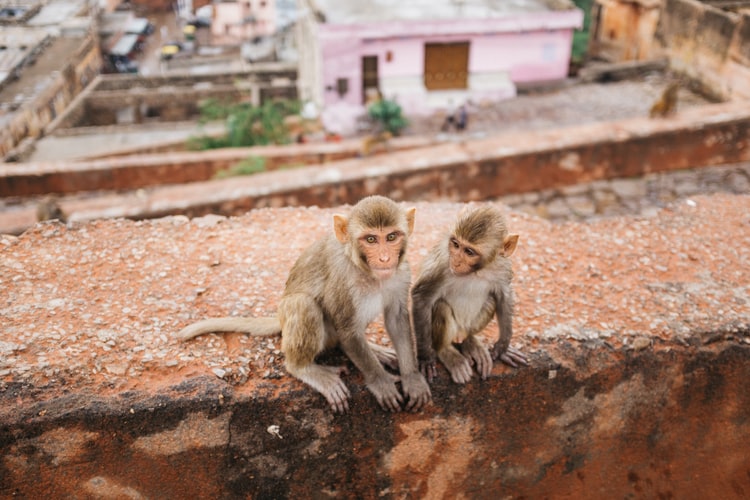The Haryana forest department in a collaborative effort with the Wildlife Institute of India (WII) requested local residents to cooperate and assist them in the first-of-its-kind monkey census. The census to count the Rhesus Macaque population in Haryana will be done through a special phone application ‘Wildlife Census Haryana’.
This is done for the state wildlife census, 2021. The mobile application is free of cost and can be easily downloaded through the Google play store. The app has been developed by the Wildlife Institute of India (WII), Dehradun. Dr. Bilal Habib, Ph.D., senior scientist with WII, Dehradun, designed the app.
Dr. Bilal Habib, Ph.D., senior scientist with WII, said, “We have designed the mobile application for counting the number of monkeys. It is the first time we have designed such an app for merely counting monkeys for any state. The app will be available on Google PlayStore. The registration will need our approval, which will be given to only forest staff in the first phase. Later, we can allow the participation of the general public, NGOs. An individual will need to upload the information about the place of sighting of monkeys, their sizes, numbers, and time. A person can also upload a picture of a monkey or a group of monkeys. The place of sighting must be a non-forest area. Because within the forest area, WII teams will conduct the counting. To avoid overlapping of numbers, a mechanism is already available with us. The survey will start within a fortnight.”
The census will take place from April 28 to April 30. The authorities have scheduled the timing of the census as 5.30 am to 10 am, and 5 pm to 7 pm.
This app is the first of its kind as it is the first time an app has been launched for the counting of a particular species that is not endangered and also widespread. Rhesus Macaques are protected under Schedule 2 of the Wildlife (Protection) Act, 1972.
The Human-Animal Conflict
Haryana is one of the states known for its high monkey population. This has led to incidents of human-animal conflict in the past. Haryana’s Chief Conservator of Forest M L Rajvanshi said the state has been witnessing an “unprecedented monkey menace”.
Areas with high rates of human-animal conflict include Panchkula, Yamunanagar, Ambala, Hisar, Kurushetra, Bhiwani, Kaithal, Gurugaon, and Faridabad.
“The chopping of village forests, also known as vaaniya in rural Haryana, is one of the reasons behind the human-monkey conflict in the state, which was never prone to this problem until ten years ago. These small village forests have vanished over a period of time in most parts of Haryana. These forests provided refuge to monkeys. The second reason is the increasing population of the simians, and the behaviour of humans towards monkeys is also one of the reasons. Every Tuesday and Saturday, people line up on the roads to feed monkeys, offering them bananas, bread, channa, etc. As a result, there is a change in the food habits of the animal. Instead of searching for their natural food, monkeys enter human settlements in search of easily available food,” explains ex-IFS officer P P Bhojvaid, also a former principal chief conservator of forest (PCCF), Haryana.

